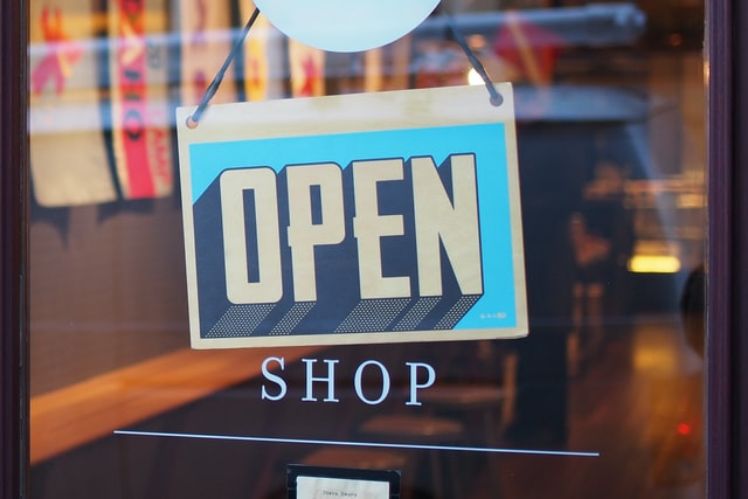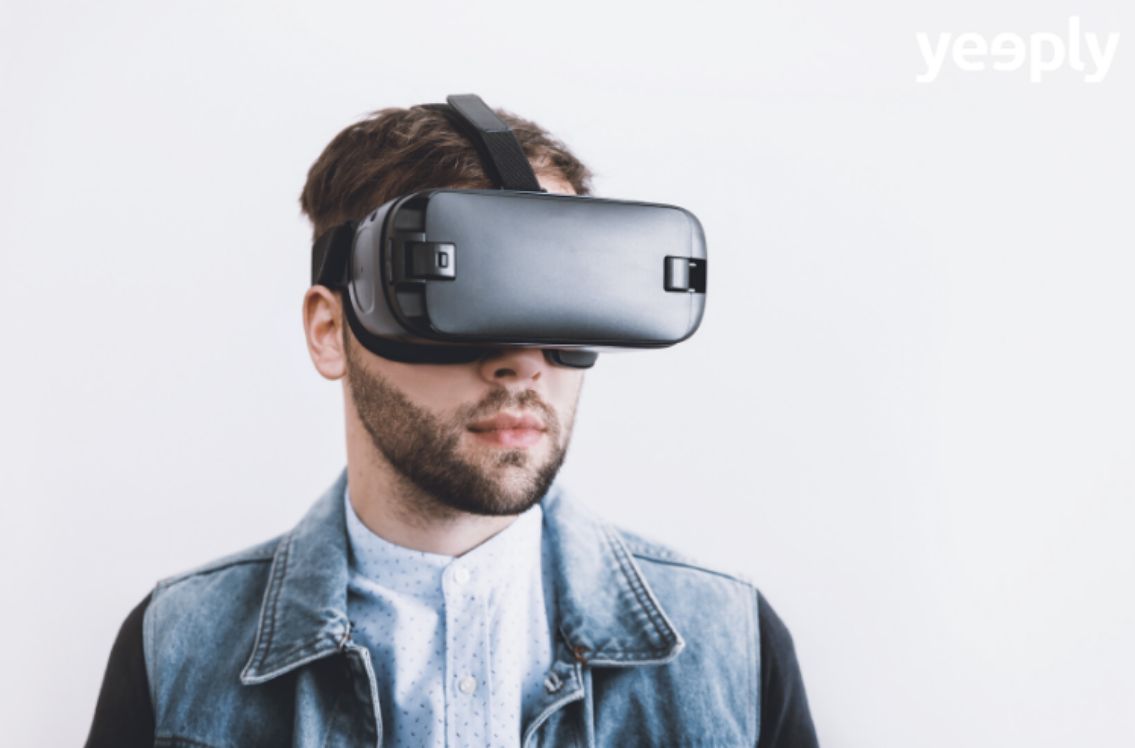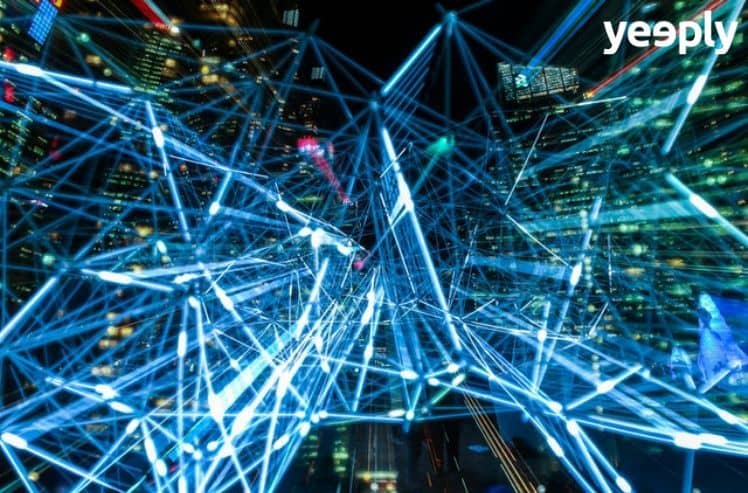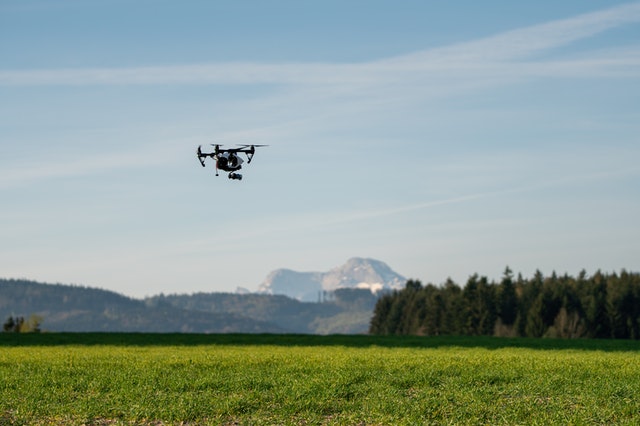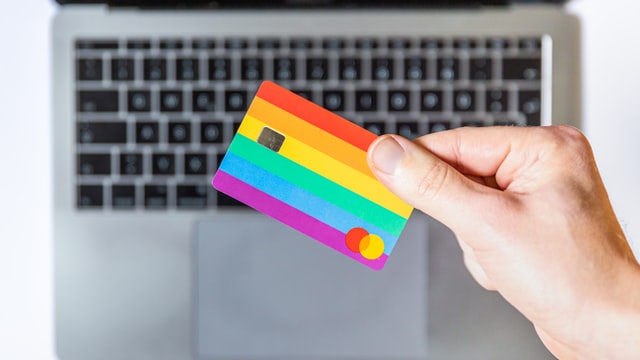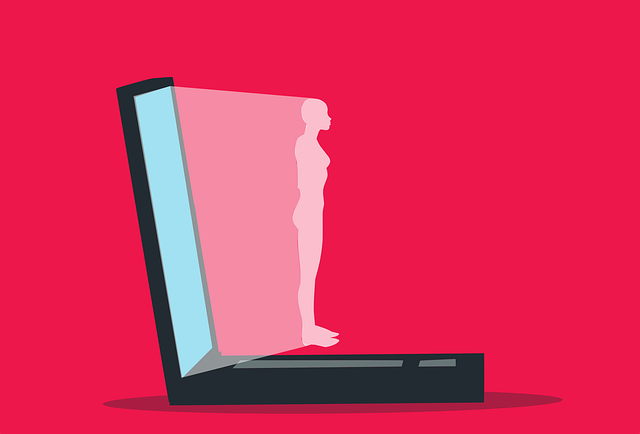The many developments in technology are revolutionizing many lives. Like many digital transformations, it opens the door to a futuristic future that just seemed only feasible in science fiction films. The network of interconnected devices offers a customised buyer journey. For the retail industry, the Internet of Things or IoT allows retailers to provide shoppers with a wealth of buying experience.
The IoT has slowly worked its way and is quickly becoming the default for businesses and customers. It is an environment of interconnected devices and can interact through the Internet or over a network without any human intervention.
Index- The Impact of Internet of Things in Retail Stores
- Equipment Readiness
- Smart Transportation
- Smart Store
- Robotic Assistance
- Inventory Management
- Online Orders
- Theft prevention
- Digital Signage
- Cashierless Checkouts
How Will IoT Transform The Retail Industry

As technology continues to progress and create influence in the various business sectors, here are some examples of how the Internet of Things will transform the retail industry.
1. Equipment Readiness
The days of unforeseen equipment failures and consequent product losses are gone. IoT aims to anticipate any problems or future disasters relating to store machinery so that it can be rectified as quickly as possible.
For example, a manufacturer will incur a loss if its massive freezing machine collapsed overnight, and half a ton of the merchandise was thawed and ruined. If the Internet of Things is activated, vital systems can be tracked, and preventive steps can be taken about maintenance and repairs.
2. Smart Transportation
Moving items from a place to another has become much simpler with IoT in the picture. GPS devices allow retailers to achieve this. However, the Internet of Things offers better mapping, path optimization, and transport maintenance with greater precision.
RFID (Radio Frequency Identification) allows the reliable monitoring of goods along the supply chain, right from manufacturing to the point of sale. Businesses may store this information either in a current logistic information system or on an automated and unified app network.
3. Smart Store
The smart shop is a brilliant idea that IoT will incorporate, with customers going to the store being analysed in real-time. Advanced analytics can assess the in-store movements of shoppers. That includes what inventory and product shows are involved in and the relationships of shoppers and employees. Internet of Things sensors and data analytics allow simple A/B monitoring, deciding whether improvements to store layouts and merchandising displays effectively attract and engage shoppers.
In-store, it will allow retailers to integrate the Internet of Things in smart stores in a significant way. With beacons, retailers can instantly deliver discount push alerts and discounts to shoppers’ smartphones in the coverage area. It can also provide simple in-store navigation and capture consumer data to send specific and personalized details.
IoT-enabled smart stores help retailers identify the consumer thought process and solve problems. It can find opportunities by incorporating data-driven strategies to enhance its in-store shopping experience.
Read more: 7 Ways that Data Culture will Affect Businesses in the Future
4. Robotic Assistance
Retail store owners may use robotic assistants to meet and greet shoppers. It can explain the capabilities and advantages of the store or any device. Robots may also clean shelves and handle shop inventories. The newest robot employee of Lowe, OSH bot, is a particular case in point. This bilingual robot that can talk in English and Spanish was designed to help shoppers locate the items they need. It can also include information on promotions and inventories.
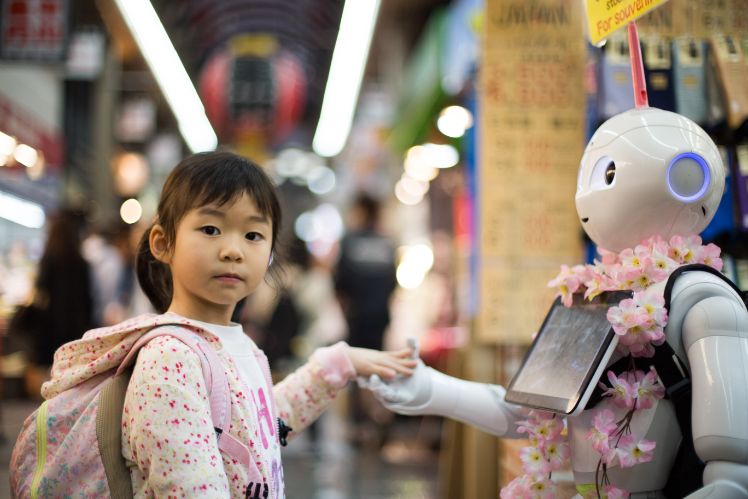
5. Inventory Management
IoT can help you track your products in real-time and make better choices when rebuilding your shelves. You can also set up reminders to get updates when specific items need to be replenished to make sure that you never run out of stock.
You can also add the so-called smart shelves to your shop, as they can give you reminders when you need to restock them, as well as allow you to change prices with a few simple clicks on your smartphone.
6. Online Orders
Much like your IoT-enabled gadgets can give you inventory tracking warnings, they can also automatically order relevant items while you’re running low. Also, users may now use their mobile devices to repurchase individual items.
You’re undoubtedly familiar with smart refrigerators, and what all of them will do is quickly order unique items online while their stocks are limited. This connection between intelligent homes and retailers will make people’s lives easier and build profitable partnerships between brands and customers.
More about online shopping trends: 7 eCommerce Trends to Create a Successful Website
7. Theft Prevention
IoT would also make a significant contribution to reducing fraud in retail stores. IoT will discourage workers and vendors from selling goods when getting them out of the distribution vehicles. For example, entrepreneurs can keep track of their inventory and supply chain in real-time. It will significantly help to reduce any future damages, as retailers will still know if anything has been stolen, as well as who took it.
8. Digital Signage
Retailers have been using digital signage technologies such as iPad displays, adaptive touch screens, and digital in-store screens to connect with customers. Some digital signage formats use AI algorithms to evaluate incoming shoppers, forecast their specifications, and then display ads appropriate for shoppers.
These are only a few ways IoT’s role in changing the retail market is expanding day by day. The exponential growth in internet shopping has prompted retailers to think about ways to enhance their shopping experience. IoT is one of their best bets.
IoT will fundamentally change the retail sector in the coming years, allowing retailers to introduce better-targeted marketing strategies. It can also generate higher rates of profitable conversion. On the other hand, shoppers benefit from IoT because they have the best in-store experience and the best discounts from retailers.
⚡️ Recommended reading: Augmented Reality Changing the Future of Fashion
9. Cashierless Checkouts
IoT-enabled machines often act as cashiers, giving the shoppers an instant, hassle-free checkout experience. Apps, cameras, and other devices are used, and transfers are processed in split seconds. In specific shopping segments, the lines on checkout lanes will become a thing of the past.
In addition to screening out shoppers, alerting systems may be used to identify if a customer takes a ‘Not for Sale’ object such as a plastic container, test piece, and more, past the checkpoint. IoT systems will warn workers to respond and act on the distress warning if there is a breach.
Final Thoughts
These innovations are only at the tip of the iceberg. The rise of IoT technologies and the comprehensive growth of the Internet of Things device development are just beginning. The conventional retail market is becoming technology-driven, and it provides customers with vast comfort and customized service, both online and offline. All retailers can take advantage of IoT’s significant opportunities and follow a new approach to enhancing customer satisfaction and maintaining a competitive edge.

